Sweetbreads are not sweet, and they have nothing to do with bread either.
Despite the confusing name, sweetbreads are a type of organ meat, and they are one of the better-tasting options.
But what exactly are sweetbreads and do they offer any health benefits? And how can we cook them?
What Are Sweetbreads?
There is a lot of confusion over precisely what sweetbreads are.
Some people mistakenly assume they are brains due to the unusual appearance they have in their raw state.
However, the truth is much more ordinary; sweetbreads come from either the thymus gland or pancreas of an animal, which makes them a type of offal.
The origin of the name ‘sweetbread’ is unknown, and it is one of the only organ meats that have an alternate culinary name.
Generally speaking, sweetbreads usually come from veal or lamb, but it is possible to find beef, mutton and pork sweetbreads too.
What Do They Taste Like?
Unlike organ meats such as liver and kidney, sweetbreads are much less of an “acquired taste,” and people generally enjoy the flavor.
Since sweetbreads are relatively high in dietary fat, they are also succulent and don’t have the dry texture reminiscent of other organ meats.
It is hard to describe the taste accurately, but sweetbreads are very soft and tender with a slightly spongy texture.
They have a meaty-but-mild and slightly creamy taste.
Nutrition Facts
Based on the USDA Food Composition Database, the nutrition profile of beef sweetbreads is as follows on a per-100-grams raw basis (1).
Calories and Macronutrients
| Calories/Nutrient | Amount (kcal/grams) |
|---|---|
| Calories | 236 kcal |
| Carbohydrate | 0 g |
| Fat | 20.4 g |
| Saturated Fat | 7.0 g |
| Monounsaturated Fat | 7.0 g |
| Polyunsaturated Fat | 3.8 g |
| Omega-3 | 140 mg |
| Omega-6 | 2220 mg |
| Protein | 12.2 g |
Vitamins
| Vitamin | Amount (% RDI) |
|---|---|
| Vitamin C | 57 % |
| Vitamin B12 | 35 % |
| Vitamin B5 | 30 % |
| Vitamin B2 | 20 % |
| Vitamin B3 | 17 % |
| Vitamin B6 | 8 % |
| Vitamin B1 | 7 % |
| Folate | Trace |
Sweetbreads also offer a small amount of vitamins D and E (2).
Minerals
| Mineral | Amount (% RDI) |
|---|---|
| Phosphorus | 39 % |
| Selenium | 26 % |
| Zinc | 14 % |
| Iron | 12 % |
| Potassium | 10 % |
| Manganese | 6 % |
| Sodium | 4 % |
| Magnesium | 3 % |
| Copper | 2 % |
| Calcium | 1 % |
What Are the Health Benefits of Sweetbreads?
While not as nutrient-dense as chicken liver and other organ meats, sweetbreads offer a reasonably good nutrition profile.
Here are some of their best qualities.
1) Sweetbreads Are High In Vitamin C
Not many people realize this, but it is possible to get ascorbic acid (vitamin C) from organ meats as well as plant foods.
With just 100 grams providing 57% of the reference daily intake for vitamin C, sweetbreads offer a similar amount of the vitamin to a clementine.
Vitamin C is an essential nutrient which has antioxidant and immune-enhancing properties (3).
2) Good Source of Protein
While sweetbreads don’t contain as much protein as regular meat options, they still offer more than twelve grams of protein per 100 grams.
This organ meat also contains all the essential amino acids in sufficient quantities, making it a complete source of protein (4).
3) Rich In B Vitamins
Sweetbreads supply all the B vitamins, and they are a particularly good source of vitamin B12, offering 35% of the RDI for the nutrient.
Among many other functions, vitamin B12 is essential for red blood cell formation, energy metabolism, and maintaining a healthy nervous system (5, 6).
4) Contains a Wide Range of Minerals
Overall, sweetbreads offer every essential mineral in varying proportions.
However, they are especially high in iron, phosphorus, potassium, selenium, and zinc.
Out of these minerals, sweetbreads offer the most phosphorus (39% RDI) and selenium (25% RDI) per 100 grams.
Phosphorus is an essential nutrient for strong bones and a healthy skeletal system.
Selenium helps to strengthen the immune system, and it acts as an antioxidant in the body, helping to protect cells against oxidative stress (7, 8).
How To Prepare and Cook Sweetbreads
Cooking sweetbreads is straightforward, but on the negative side, they need to undergo a preparation process before cooking.
This process can be slightly time-consuming.
Preparation
Firstly, chefs usually soak sweetbreads for 1-2 hours before cooking.
However, an overnight soak (in the refrigerator) is a good option for convenience.
All you have to do is add the sweetbreads to a bowl of liquid, put them in the fridge overnight, and take the bowl out when you are ready to cook.
While some people prefer to use cold water for the soaking, you can use any of the following;
- Water
- Milk
- Water/acidic liquid combination (such as vinegar or lemon juice – approx eight parts water to one part vinegar)
Using the acidic combination has the extra benefit of tenderizing the sweetbreads, which will give them a better texture.
The liquid should fully cover the sweetbreads, and the amount necessary will depend on the size/shape of the bowl.
Why Is Soaking Necessary?
The reason for this soaking period is to remove any blood or other impurities within the sweetbreads.
A more extended soaking period also tenderizes the sweetbreads, especially if using an acidic source.
Blanching
To further tenderize the sweetbreads, they should be blanched after they finish soaking.
To do this, add the sweetbreads to a pot of boiling water for approximately five minutes.
After five minutes, remove the sweetbreads and quickly put them into a bowl of cold water to stop the cooking process.
Cooking Methods
There are many different ways to cook sweetbreads, but here are several of the most popular.
1) Grilled/Roasted
To grill or roast sweetbreads, rub them with a little butter or olive oil and put them on the grill/in the oven.
Turn the sweetbreads to ensure they cook properly on all sides, and cook them until they become a golden brown color.
2) Breaded Sweetbreads
Breaded sweetbreads is a popular recipe which is relatively simple to make.
For this recipe, fill a bowl with your desired amount of almond flour*, salt, and pepper, and place the sweetbreads in the bowl.
(*Almond flour is a healthier choice but it is optional, and regular flour will work fine too.)
Roll the sweetbreads in the flour to ensure they get an even coat, and then add some butter or olive oil to a skillet and allow it to heat.
As the oil starts to get hot, add the coated sweetbreads to the pan and saute at high heat for 6-7 minutes or until they cook fully on both sides.
Once fully cooked, the sweetbreads should have a golden brown color and a crispy, crunchy outer.
3) Pan-Fried
For another simple cooking method, add the blanched sweetbreads to a skillet and fry in butter and your choice of herbs until done.
4) Braised Sweetbreads
You can also cook using a braising method featuring any additional ingredients that you enjoy.
For a healthy and tasty sounding dish, this recipe features sweetbreads braised in a combination of chicken broth and heavy cream with various vegetables and herbs for seasoning.
Where To Buy
You should be able to buy sweetbreads from a local butcher or if not, ask them to order them in for you.
It is also possible to have them delivered from a wide range of Internet sites.
Final Thoughts
Sweetbreads are a unique kind of organ meat that a lot of people find more enjoyable than eating liver and kidney.
They are also reasonably healthy and offer a good range of nutrients.
However, they do look a little offputting in their raw state, and it can be time-consuming to prepare them.
But if those things are not a problem, then sweetbreads are worth trying at least the one time.
For more on organ meats, see this complete guide to beef liver.


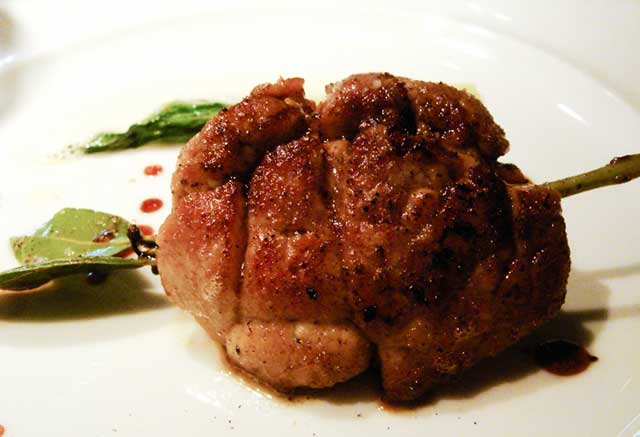

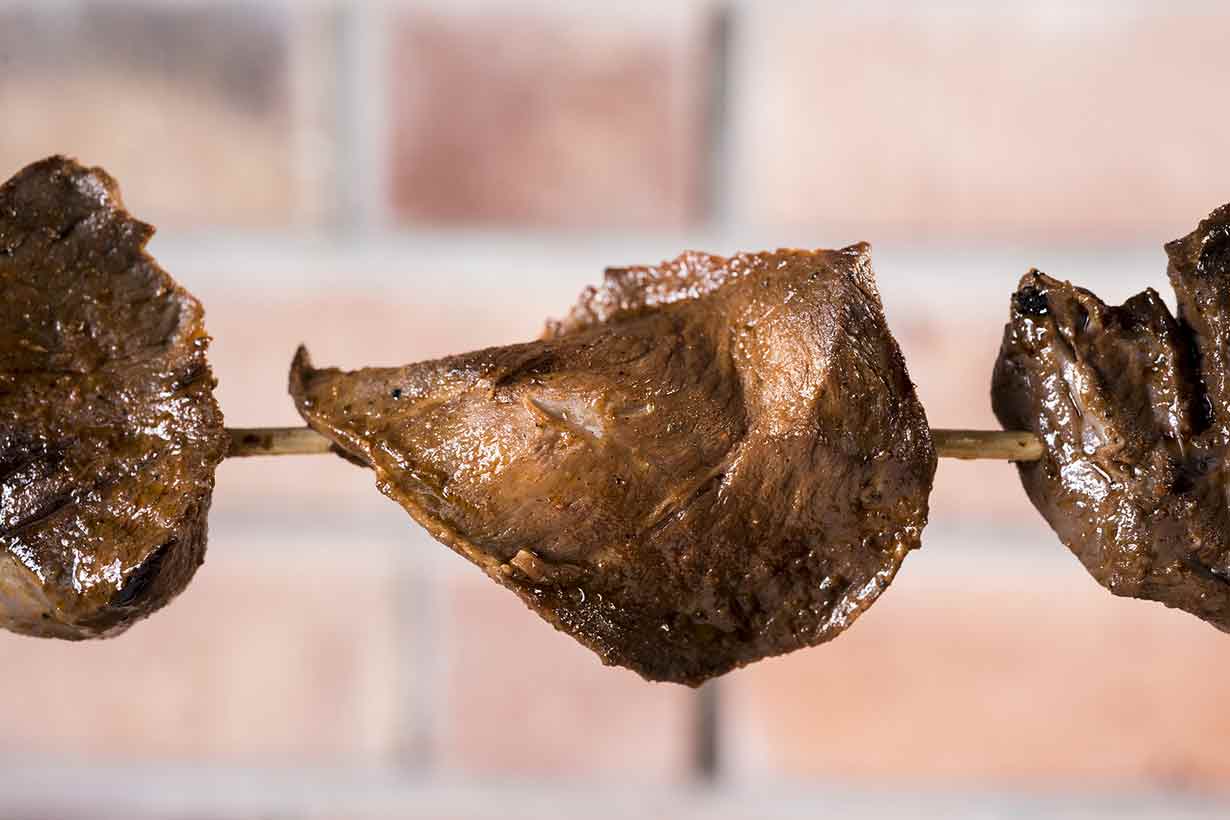
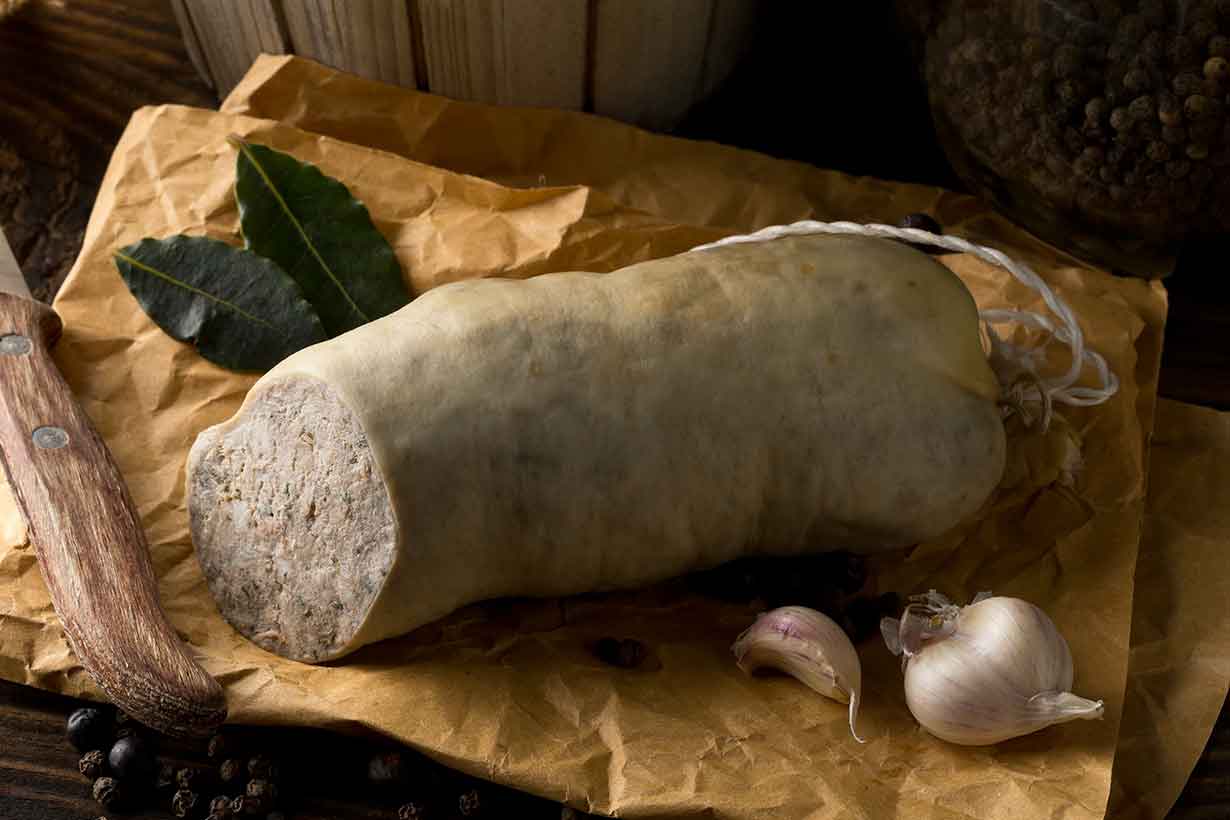
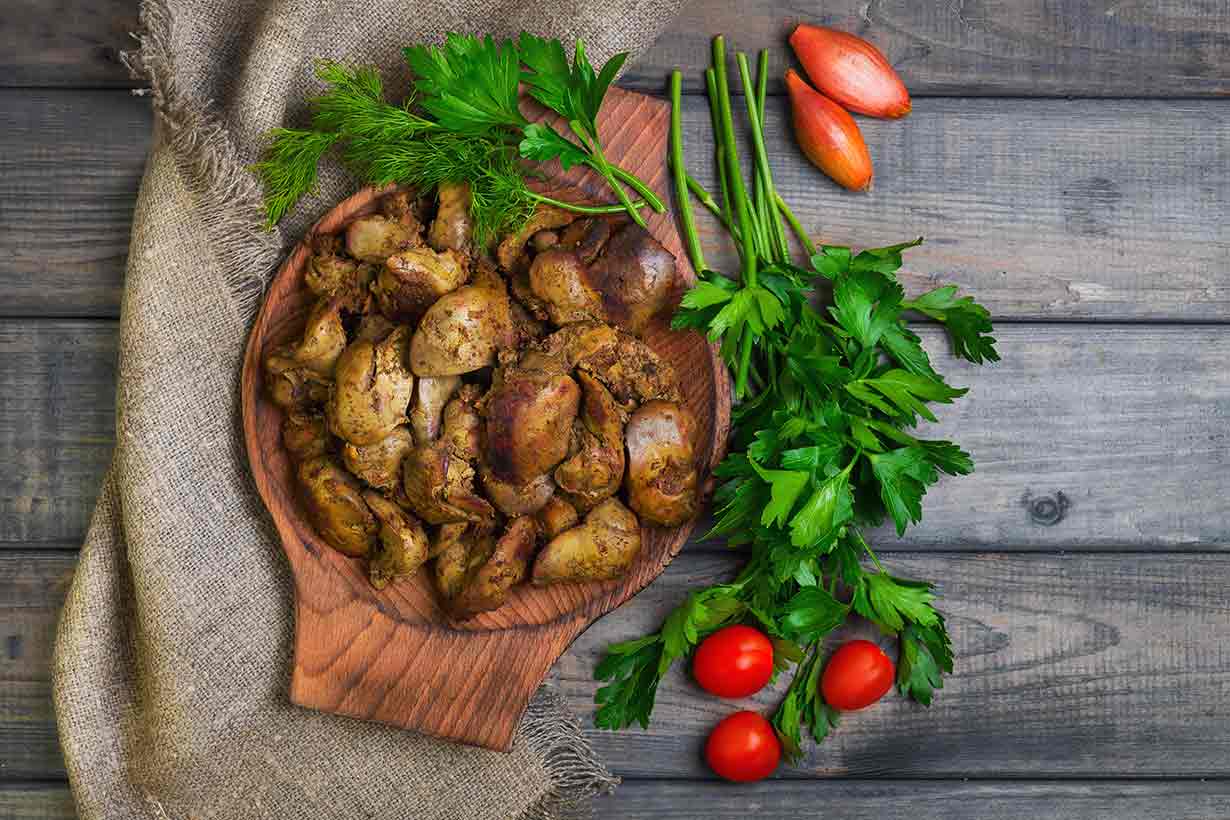

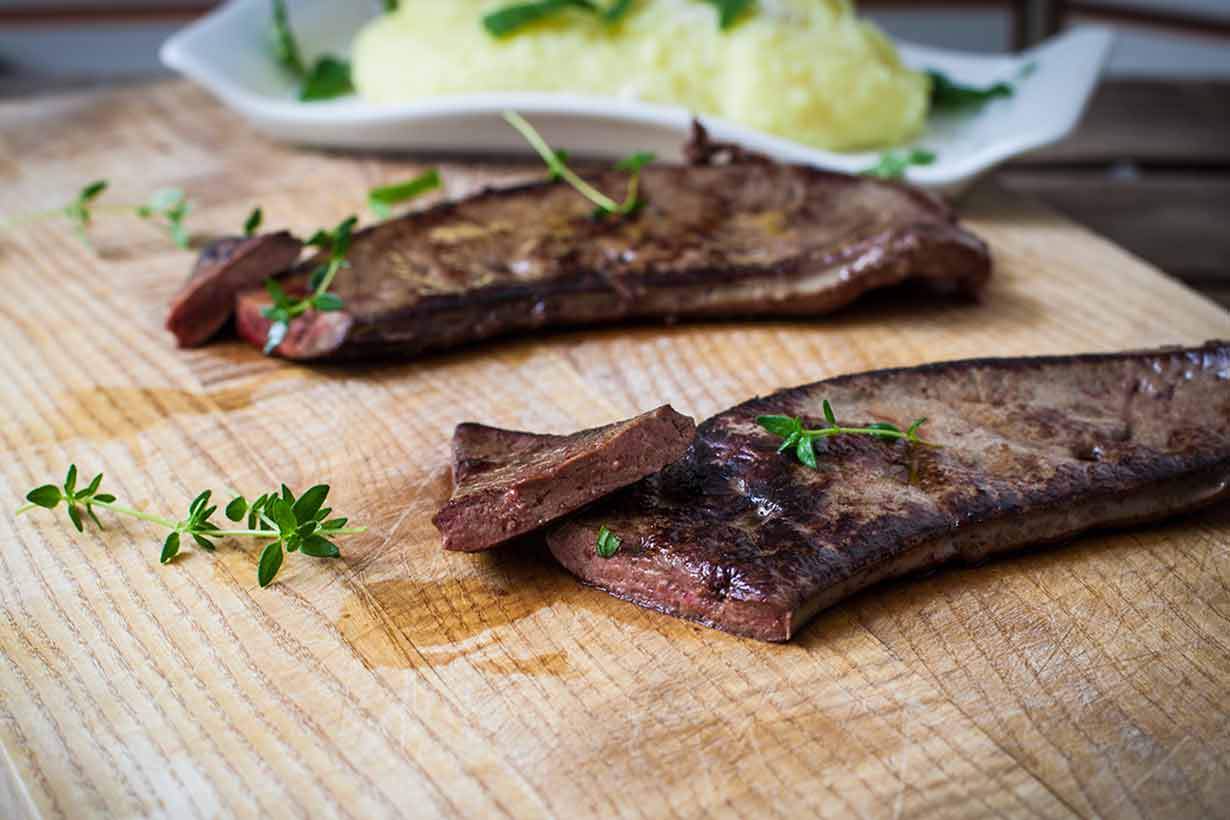
On a recent presentation from “The quest for the cures” (Ty Bollinger) in the Phillippines the pancreas of a pig when taken raw (minced I presume) one tablespoon 7x per day supplies enzymes that destroy the protective layer that cancer cells have so the immune system can then go in and destroy the cancer cells.
Your take??
Sounds like pseudoscience to me. It might be worth reading this: https://sciencebasedmedicine.org/the-truth-about-cancer-series-is-untruthful-about-cancer/